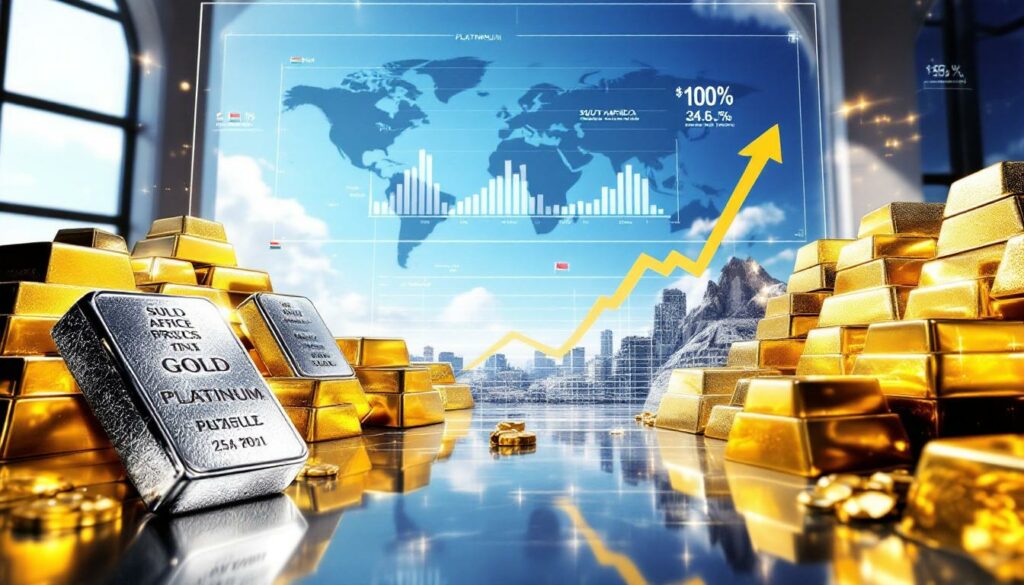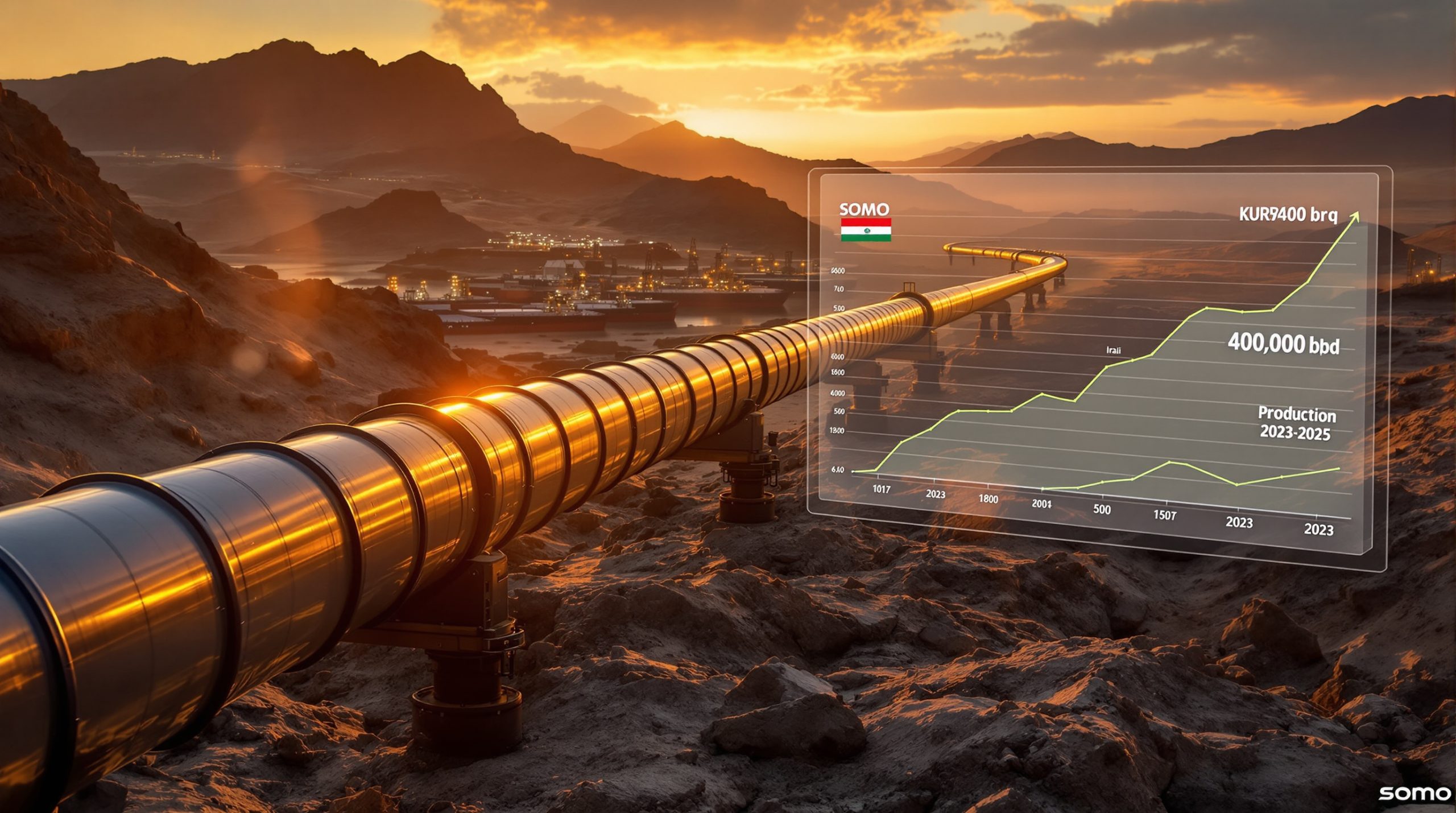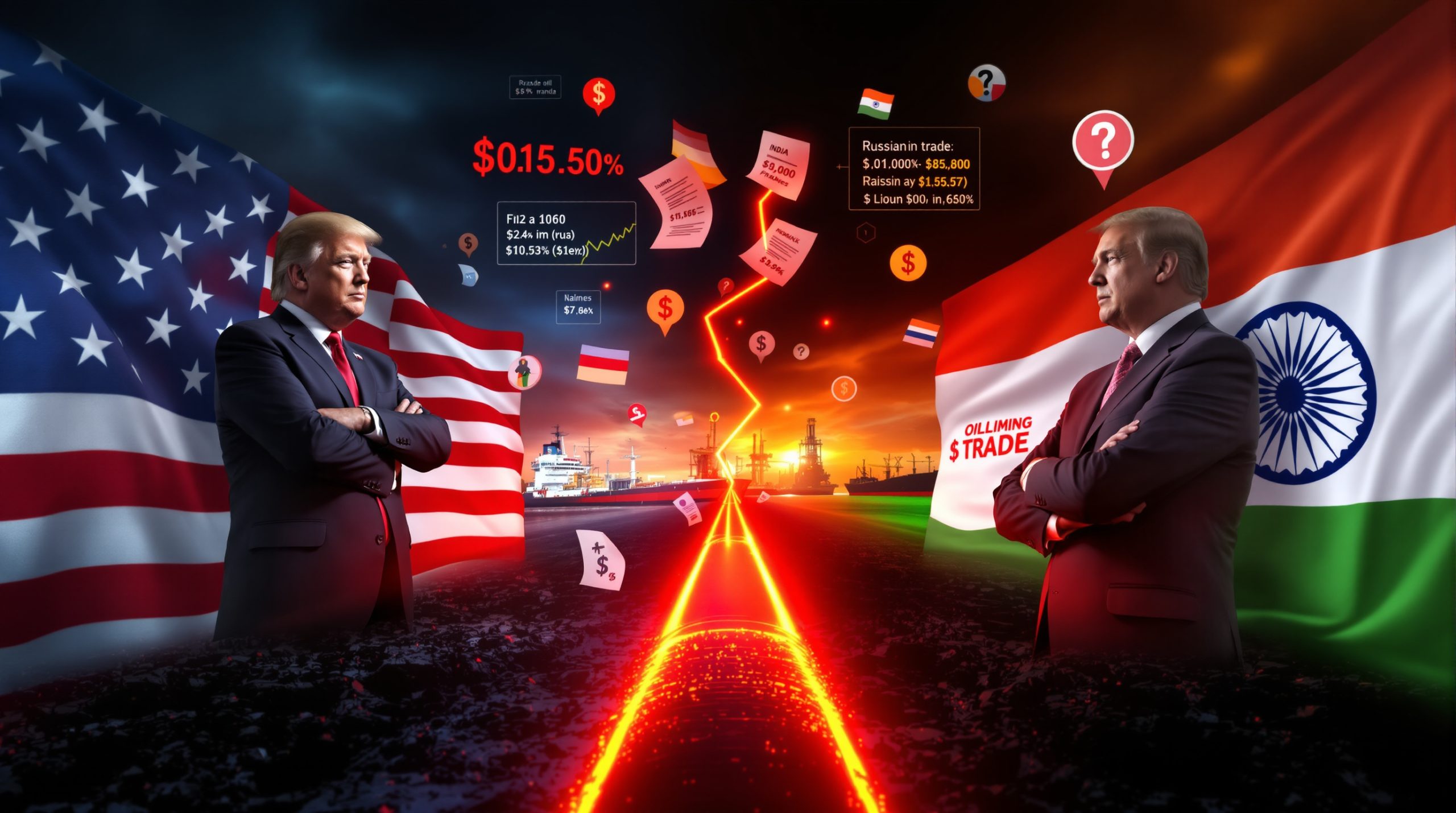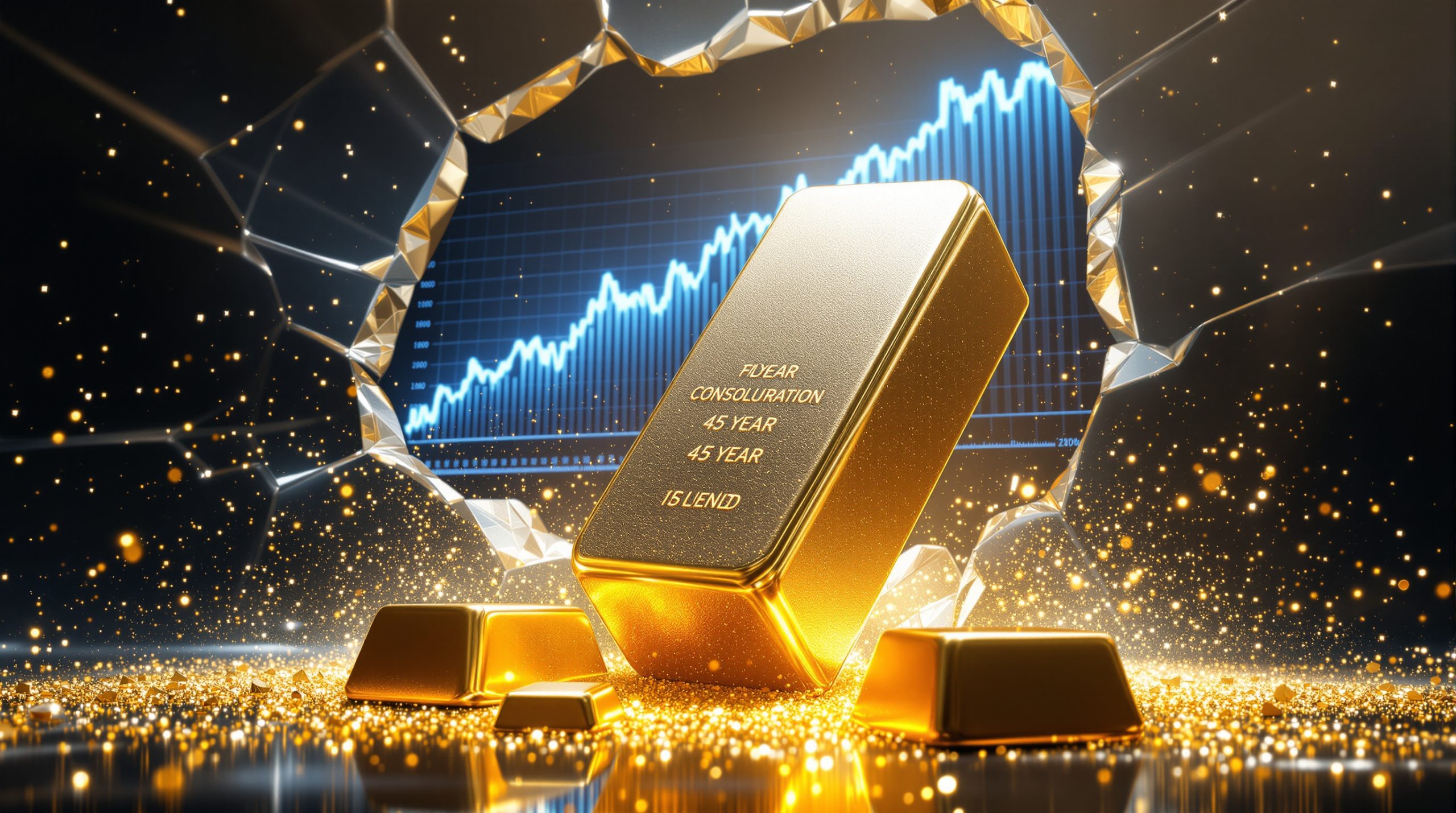What Makes Precious Metals Attractive in Today's Economic Climate?
The current economic landscape presents a compelling case for precious metals investments. With persistent inflation concerns, geopolitical tensions, and shifting monetary policies worldwide, assets like platinum and gold are attracting investors seeking both stability and growth potential.
The Fundamental Case for Precious Metals
Precious metals have historically served as reliable stores of value during economic turbulence. This characteristic becomes particularly valuable in today's environment, where financial uncertainties abound across global markets.
The investment thesis for precious metals rests on several key pillars:
- Protection against currency devaluation – As central banks continue expansionary monetary policies, precious metals offer a hedge against the erosion of fiat currencies
- Portfolio diversification benefits – Precious metals typically show low correlation with traditional asset classes like stocks and bonds
- Supply-demand imbalances – Particularly evident in platinum, where primary supply has decreased 6% year-over-year
- Industrial applications creating price floors – Both metals have practical uses that support baseline demand
- Central bank purchasing patterns – Record buying activity signals strategic shifts in global reserves
"Platinum's supply side is an absolute mess. Inventories are down to 3 months… This isn't a short-term squeeze; it's structural." – Trader Ferg
The data clearly shows global platinum inventories at critically low levels—just three months of supply, representing the lowest on record according to industry experts. This supply constraint is further exacerbated by longer vehicle lifespans, which have significantly reduced catalytic converter recycling rates, a key source of secondary platinum supply.
Why is Gold Gaining Momentum in Global Markets?
Gold has been experiencing a remarkable price trajectory, driven by multiple factors that suggest continued strength in the precious metal.
Central Bank Acquisition Patterns
One of the most significant drivers of gold's recent performance has been unprecedented central bank buying. According to the World Gold Council, central banks purchased a record 1,078 tonnes in 2024, continuing a multi-year trend of aggressive acquisition.
This institutional demand represents a fundamental shift in global monetary strategy:
- Central banks are strategically reducing dollar dependence through gold acquisition
- Emerging market central banks have been particularly active buyers
- This buying pattern creates a solid price floor for the metal
- BRICS nations are leading de-dollarization efforts with gold at the center
"Central banks are buying gold to ditch dollar dependency. This isn't speculation—it's monetary strategy." – Trader Ferg
Institutional and Retail Investment Potential
Despite gold's strong performance, institutional involvement remains surprisingly limited, suggesting significant upside potential:
- High-net-worth clients at major institutions like UBS typically maintain only about 1% allocation to gold
- Western retail participation remains minimal compared to historical patterns
- ETF outflows continue despite price strength, with $2 billion net outflows from junior gold miner funds in 12 months
- Asian retail investors, particularly in China, have been more active buyers with Chinese gold ETF inflows surging 28% year-over-year
This participation gap suggests substantial potential for price appreciation when broader institutional and Western retail investors eventually enter the market.
Monetary Policy Implications
The relationship between gold and monetary policy creates a particularly favorable environment:
- Gold historically outperforms during periods of negative real interest rates
- Federal Reserve pivot toward rate cuts would likely accelerate gold's momentum
- The metal serves as a counterweight to expanding global debt levels
- Gold-to-S&P 500 ratio remains below historical averages, suggesting relative value
How Does Platinum Present a Unique Investment Opportunity?
Platinum offers a compelling investment case based on severe supply constraints, diverse demand drivers, and current market positioning.
Supply Deficit Dynamics
The platinum market exhibits one of the most severe supply-demand imbalances in the commodity space:
- Primary supply has decreased 6% year-over-year
- Secondary supply (recycling) continues to disappoint forecasts
- Catalytic converter recovery rates fell 9% year-over-year due to extended 12-year vehicle lifespans
- South African mining challenges persist, affecting the world's primary platinum source
- Global inventories have drawn down to approximately three-month supply levels
This supply crunch is structural rather than cyclical, with little relief expected in the near term. South Africa accounts for approximately 80% of global platinum production, making the market particularly vulnerable to disruptions in that region.
Diverse Demand Drivers
Unlike many precious metals with concentrated demand sources, platinum benefits from multiple demand channels:
- Catalytic converters (37-40% of demand)
- Industrial applications (approximately 33% of demand)
- Jewelry (nearly 30% of demand)
- Investment demand (historically minimal but growing)
Recent price appreciation has been primarily driven by jewelry and investment demand, with industrial applications currently showing weakness (down 15% year-over-year).
Chinese Market Influence
China has emerged as a significant factor in the platinum market:
- Chinese buyers have been aggressively substituting platinum for white gold in jewelry
- Chinese platinum bar imports rose 45% in Q1 2025
- Chinese entities now control over 20% of global platinum stocks
- Other regions (Japan, Europe) now operate with minimal inventories, creating potential price pressure
"Chinese buyers have cornered the market. Japan and Europe are hand-to-mouth—they'll have to pay up." – Trader Ferg
This concentration of physical metal in Chinese hands creates a potential squeeze scenario as other market participants must compete for increasingly scarce supply.
What Are the Comparative Advantages Between Gold and Platinum?
Understanding the relative positioning of gold and platinum provides valuable insights for portfolio allocation decisions.
Price Ratio Analysis
Historical price relationships between precious metals offer strategic insights:
- The gold-to-platinum ratio reached extreme levels of 1:0.5 before platinum's recent breakout
- Platinum had underperformed gold for nearly a decade before its recent price surge
- Platinum has outperformed gold by 22% year-to-date (as of July 2025)
- The historical mean gold/platinum ratio is approximately 1:1, suggesting significant room for continued platinum outperformance
This ratio analysis helps identify relative value opportunities within the precious metals complex. When one metal becomes significantly overvalued or undervalued relative to others, market forces often drive a reversion toward historical relationships.
Substitution Effects
Price relationships between precious metals create natural substitution patterns:
- As record high gold prices break through (beyond $2,100/oz), consumers often shift to relatively cheaper alternatives
- This substitution effect was evident in 2023-2024 when platinum jewelry demand surged 18% as gold prices rose
- Platinum serves as a natural substitute for white gold in jewelry applications
- This mechanism creates a natural equilibrium between the metals over time
Portfolio Allocation Considerations
Strategic portfolio positioning requires balancing exposure across the precious metals complex:
- Gold provides broad monetary protection and central bank support
- Platinum offers more specific supply-demand dynamics and industrial applications
- A balanced approach (e.g., 70% gold/30% platinum) provides both monetary and industrial exposure
- Position sizing should reflect relative conviction and risk tolerance
Silver represents another option within the precious metals space, with approximately 50% of demand coming from industrial applications, creating a hybrid exposure between monetary and industrial uses.
How Should Investors Approach Position Sizing and Risk Management?
Successful investing in volatile commodity markets requires disciplined position sizing and risk management strategies.
The Risk-Regret Balancing Act
Effective portfolio management requires balancing two competing concerns:
- Risk minimization: Avoiding position sizes that could severely damage portfolio value
- Regret minimization: Ensuring positions are large enough to meaningfully impact returns
Finding the optimal balance between these concerns is essential for long-term success in commodity investing. Commodities can experience drawdowns exceeding 40% even within bullish trends, as evidenced by platinum's significant drop in 2023 before its subsequent recovery.
Strategic Position Sizing Framework
A structured approach to position sizing can help navigate commodity volatility:
- Initial positions might start at approximately 3% of portfolio value
- Additional conviction and research can justify increasing positions to 4-5%
- A 10x return on a 5% position adds 50% to portfolio value—meaningful impact
- Positions below 3% often fail to meaningfully impact overall portfolio returns even when successful
"A 10x return on a 5% position adds 50% to your portfolio. Tiny allocations create regret when winners explode." – Trader Ferg
This framework provides a balance between prudent risk management and the potential for significant returns. It ensures that winning positions can meaningfully impact portfolio performance while limiting the damage from inevitable losers.
Managing Volatility and Drawdowns
Commodity investments typically experience significant price volatility:
- Prepare for substantial drawdowns even in fundamentally sound investments
- Commodities may require tolerating 40%+ declines during cyclical downturns
- Use position sizing to ensure you can withstand volatility without forced selling
- Consider adding to positions during significant drawdowns if fundamentals remain intact
A real-world example illustrates this principle: Trader Ferg's PGM (Platinum Group Metals) trade initially entered at $4.50 per share, subsequently fell to $3.00, before recovering for a 100%+ gain in 2025. Without proper position sizing, many investors would have been shaken out during the decline.
What Role Do Mining Equities Play in Precious Metals Exposure?
Mining companies offer leveraged exposure to precious metals prices but come with additional considerations.
Gold Mining Investment Thesis
Gold mining equities present a compelling value proposition:
- Many undervalued gold miners trade at attractive valuations relative to gold prices
- Mining companies offer operational leverage to rising metal prices
- Some miners provide additional yield through dividends and buybacks
- ETFs like GDX and GDXJ continue to experience outflows despite gold's strength, suggesting potential value
Mining stocks tend to amplify gold's price movements in both directions. While this leverage can enhance returns during bull markets, it also increases downside risk during corrections.
Platinum Group Metals Producers
The concentrated nature of platinum production creates focused investment opportunities:
- South Africa dominates global platinum production (approximately 80% of supply)
- A small number of companies control the majority of production
- This concentration creates potential for significant equity appreciation during supply shortages
- Operational challenges in South Africa can create both risks and opportunities
"Miners decay over time. Position sizing is survival—you need dry powder for drawdowns." – Trader Ferg
This caution highlights the importance of maintaining capital reserves when investing in mining equities, which can experience extreme volatility even when the underlying metals are performing well.
Balancing Direct Metal and Equity Exposure
A comprehensive precious metals strategy might include both direct metal ownership and mining equities:
- Physical metals provide direct price exposure without operational risks
- Mining equities offer leverage to price movements but introduce company-specific factors
- A balanced approach can optimize return potential while managing overall portfolio risk
- Position sizing becomes particularly important with more volatile mining equities
How Do Broader Commodity Cycles Affect Precious Metals Investments?
Understanding where we stand in broader commodity cycles provides important context for precious metals investments.
Commodity Cycle Positioning
Commodity investments follow recognizable patterns that inform strategic positioning:
- Early cycle (years 1-3): Price recovery begins, institutional investors remain skeptical
- Middle cycle (years 3-9): Smart money enters as trends become established
- Late cycle (years 9-12): Broad participation leads to potential overvaluation
- Different commodities can be at different cycle positions simultaneously
Late-cycle risks include excessive capital inflows leading to oversupply, as witnessed in the lithium market in 2022, which subsequently experienced price collapse. Identifying cycle positioning helps determine appropriate risk levels and position sizing.
The Asian Growth Factor
Asian economic development represents a significant driver for commodity demand:
- Asia accounts for approximately 77% of global energy consumption growth since 1990
- Asian countries represent 48% of global energy demand despite being 60% of world population
- Developing economies typically increase energy consumption as living standards rise
- This structural growth trend supports long-term commodity demand
"Energy consumption in developing nations starts low. Adding one barrel/person doubles demand." – Trader Ferg
This insight highlights the exponential growth potential in commodity demand as developing nations progress through economic development stages. Energy intensity typically follows an S-curve pattern tied to GDP per capita levels.
Shifting Currency Dynamics
Changes in global currency relationships affect commodity markets:
- Reduced dollar dependence could allow Asian economies to increase commodity purchases
- Ability to purchase commodities in local currencies may accelerate consumption
- These shifts could particularly benefit energy commodities and industrial metals
- Gold may serve as a settlement mechanism for cross-border trade
What Are the Key Catalysts to Watch for Precious Metals?
Several potential catalysts could accelerate precious metals price appreciation in the coming years.
Monetary Policy Developments
Central bank actions will significantly influence precious metals markets:
- Interest rate decisions directly impact holding costs for non-yielding assets
- Federal Reserve pivot toward cutting rates would likely benefit gold
- Inflation persistence would maintain negative real interest rates, a key gold driver
- Central bank gold purchasing patterns provide important market signals
The relationship between real interest rates (nominal rates minus inflation) and gold prices is particularly important to monitor. Negative real rates historically correlate with strong gold performance.
Industrial Demand Recovery
Cyclical factors could boost industrial demand for platinum:
- Current industrial demand is down 15% year-over-year, creating recovery potential
- Reshoring trends may increase manufacturing capital expenditure
- Hybrid vehicle production growth supports catalytic converter demand
- Chemical, glass, and other industrial applications could see renewed growth
"Hybrid vehicles will sustain catalytic converter demand. EV takeover forecasts are overblown." – Trader Ferg
This perspective challenges the common assumption that electric vehicle adoption will eliminate catalytic converter demand. Hybrid vehicles, which still require platinum-based catalysts, are likely to remain a significant market segment for years to come.
Investment Flow Acceleration
Increased investment participation could dramatically impact prices:
- ETF flows into precious metals funds remain subdued despite price strength
- Institutional allocation to precious metals remains historically low (approximately 1% for high-net-worth clients)
- Potential performance-chasing behavior could accelerate price movements
- Asian investment demand continues to show strength
Frequently Asked Questions About Precious Metals Investing
How do geopolitical events impact precious metals prices?
While geopolitical tensions can cause short-term price spikes in precious metals, these effects typically prove temporary unless they fundamentally alter supply-demand dynamics. Rather than attempting to trade around geopolitical events, investors are generally better served by focusing on long-term fundamentals and using any event-driven volatility as potential entry or exit opportunities.
What advantages do physical metals offer compared to mining stocks?
Physical precious metals provide direct price exposure without operational risks, management decisions, or potential dilution. Mining stocks offer leverage to metal prices but introduce company-specific factors like production costs, management quality, and jurisdictional risks. Physical metals typically exhibit lower volatility than mining equities, making them suitable for more conservative portfolio allocations.
How might central bank digital currencies affect precious metals?
The development of central bank digital currencies (CBDCs) could potentially increase demand for precious metals as privacy-conscious investors seek alternatives to fully traceable digital money. Additionally, CBDCs might accelerate currency debasement concerns if they enable more direct monetary policy implementation, potentially benefiting traditional monetary metals like gold.
What role should silver play in a precious metals portfolio?
Silver offers a hybrid exposure between monetary and industrial demand, with approximately 50% of demand coming from industrial applications. This dual nature can make silver more volatile than gold but potentially more responsive during periods of strong industrial growth. Many investors allocate to both metals, with silver typically representing a smaller but still significant portion of precious metals exposure.
How do environmental regulations affect platinum group metals?
Environmental regulations generally support platinum group metals demand through stricter emissions standards requiring more efficient catalytic converters. However, the transition toward electric vehicles presents a long-term challenge to automotive catalyst demand. This transition will likely occur gradually, with hybrid vehicles (which still require catalytic converters) serving as an intermediate step in many markets.
Strategic Positioning in Precious Metals
The current economic environment presents compelling investment opportunities in platinum and gold. These assets offer both defensive positioning against monetary uncertainty and potential appreciation from specific supply-demand dynamics.
A strategic approach to precious metals investing might include:
- Core positions in gold as monetary insurance and portfolio diversification
- Tactical allocations to platinum based on severe supply constraints
- Selective exposure to mining equities for leveraged upside potential
- Disciplined position sizing to manage volatility while capturing meaningful returns
- Patience to withstand short-term fluctuations while long-term trends develop
By understanding the unique drivers for each metal and implementing sound risk management principles, investors can potentially benefit from what appears to be a favorable multi-year environment for precious metals. Furthermore, exploring various investment opportunities 2025 may reveal additional ways to capitalize on the gold price forecast trends that experts are currently projecting.
Disclaimer: The information presented in this article is for
Ready to Spot the Next Major Mineral Discovery?
Don't miss potentially transformative opportunities on the ASX – Discovery Alert's proprietary Discovery IQ model instantly identifies significant mineral discoveries, turning complex data into actionable insights for investors of all experience levels. Explore why major discoveries can lead to exceptional returns by visiting the dedicated discoveries page and begin your 30-day free trial today.




